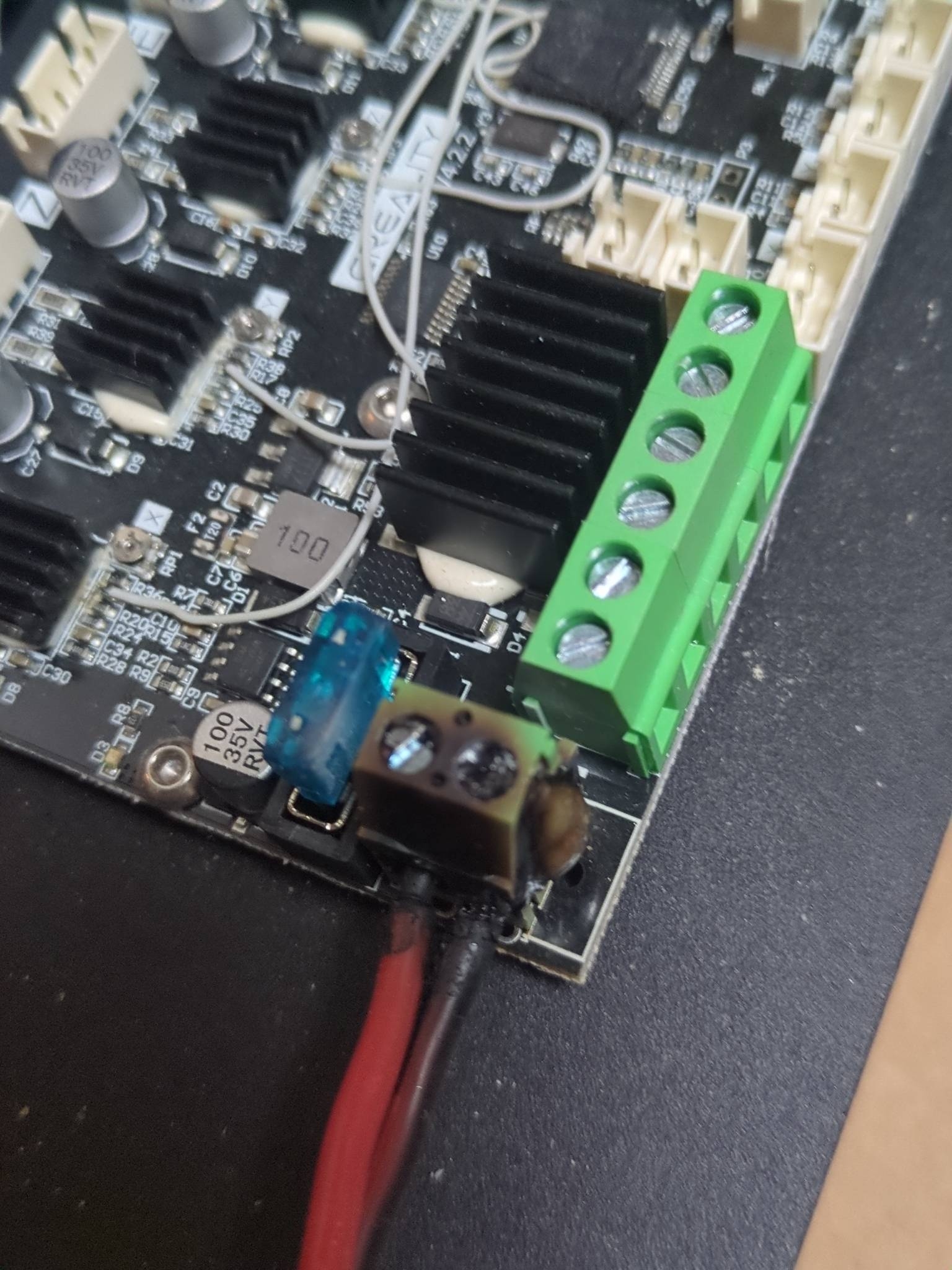I have some very consistent issues with warping when printing ASA/ABS, which is really annoying since I’m trying to print my voron parts. It’s not warping massively, but enough to mess things up.
I print with these general settings, on a textured PEI flex-plate.
- heated chamber @ 45-47C (can’t go much higher)
- bed temp @105C
- first layer 255C, other layers 245C
- fan off, unless it’s an overhang >=50% or layer time is <10s. Fan maxes out @70% unless bridging.
- speed 200/120 mm/s inner/outer walls
- first layer 50mm/s, 80mm/s infill
I’ve tried both with my regular Z-offset which creates a good uniform first layer, and slightly lower to kind of push it more on to the plate (but worse looking)
- I’ve cleaned the plate with pure IPA
- I’ve tried glue stick
- I’ve tried brim both skirts/mouse ears, which help but don’t eliminate it. (5mm, 0.15mm space)
ABS seems to be a little easier to print than the ASA. I’m using filament from Polymaker


I borrowed a thermometer from work that gets calibrated every couple weeks or so, and measured the surface of the bed of my printer. when the bed reads 90 in the printer firmware, the surface is only 78, but if I leave it for another 20 minutes or so both will be 100. My printer’s temp probe is on the bottom, and the top has a magnet then spring steel. It takes a while for it to heat all the way through.
My chamber temps were also totally wrong so I changed the temp probe and that was fixed.
My abs problems went away, asa still curls but I’m leaning towards that being slicer settigs
edit: i was also testing setting the temp too high then dropping it when the surface is at the target, but the plastic sheath on the crimped ferrules melted and the screw terminal bubbled. there might be stuff I could do to make it safer but I’m not inclined to chase it right now.
Yikes you should consider replacing that screw terminal with a new one. With all the charring, it’s possible that it’s not making a great connection between the board and wire, which causes higher resistance and the terminal to heat up further.
I have more terminals to swap in but I’ll be replacing the board anyway. The other identical board never did this but I also never tried pushing the limits on that one.
There must be something wrong with contact between traces/solder/connector/wire on this unit. May be many things, but high resistance is basically just a bad contact/too small area of contact.
For instance, one time an SKR board came to me with bed connector not soldered(!) to the board. I didn’t notice for quite some time and have been using it, because the connector was seated strong enough. I noticed only because of the gradual heat damage to the board, and bed heating times getting longer and longer to the point of getting thermal runaway errors. Only then I inspected it in detail.
The other time on another SKR board, the connector was soldered, but slipped out of the solder which was the first time in my life I’ve seen anything like this. The solder cone was correctly formed, but I could slip the connector in and out of it. Guess something was wrong with surfaces of the connectors pins, maybe wrong metal on the outer layer so it didn’t really get wetted by solder, guess I’ll never know. Thankfully I’ve noticed this right before assembly.
Do not trust cheap DIY electronics that are suppossed to run long term unsupervised unconditionally, is what I’m trying to say.
I had an issue I caught early when I swapped my prusa from a Rambo to an skr mini, used the same power wires which didn’t have ferrules, I got “lucky” that the power supply shut itself down, one wire had worked itself a bit loose, enough to potentially arc.
I’ve replaced everything with new 14 awg wire with solid ferrules and I inspect semi regularly, I trust my crimps here but I don’t mess around with potential fire hazards. I think there’s a tendency to think, oh it’s low voltage, it’s fine, but there’s a lot of energy going through those wires, treat it with the same respect you would mains power. Take your time, double check everything, and invest in good crimping tools.
Exactly, I agree with all of the above.
Low DC voltage won’t shock you, but it sure will try to burn your printer down. The lower the voltages, the higher the heat losses in critical points (with the equivalent power ofc).